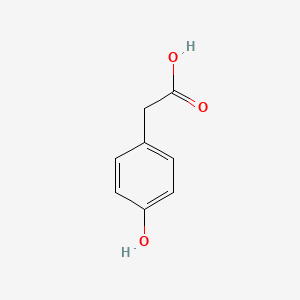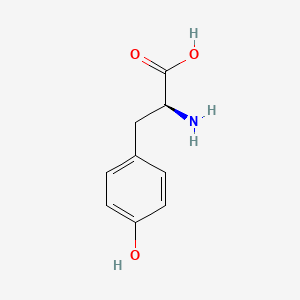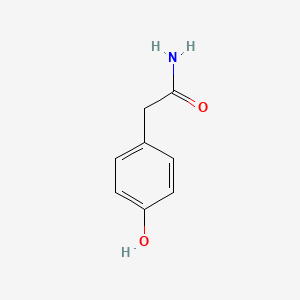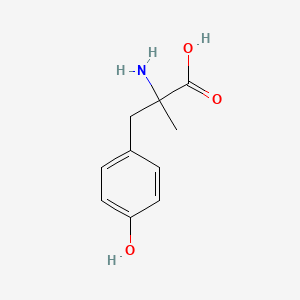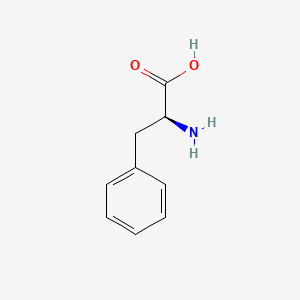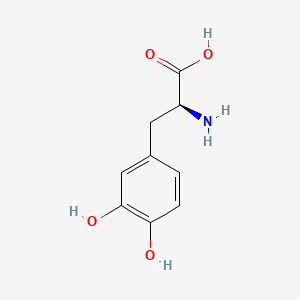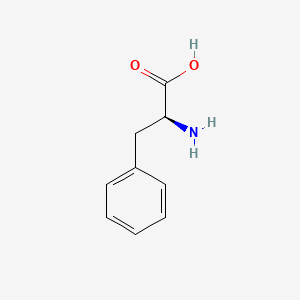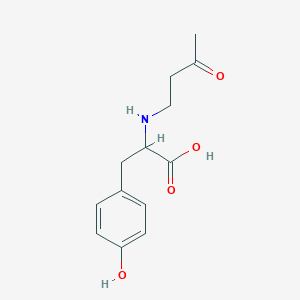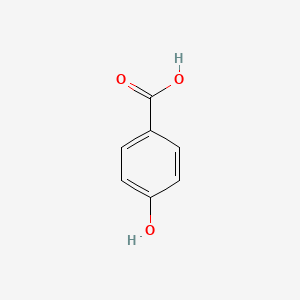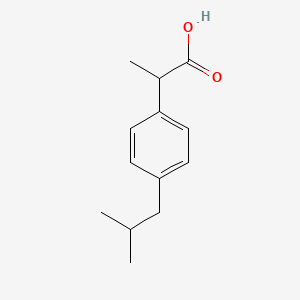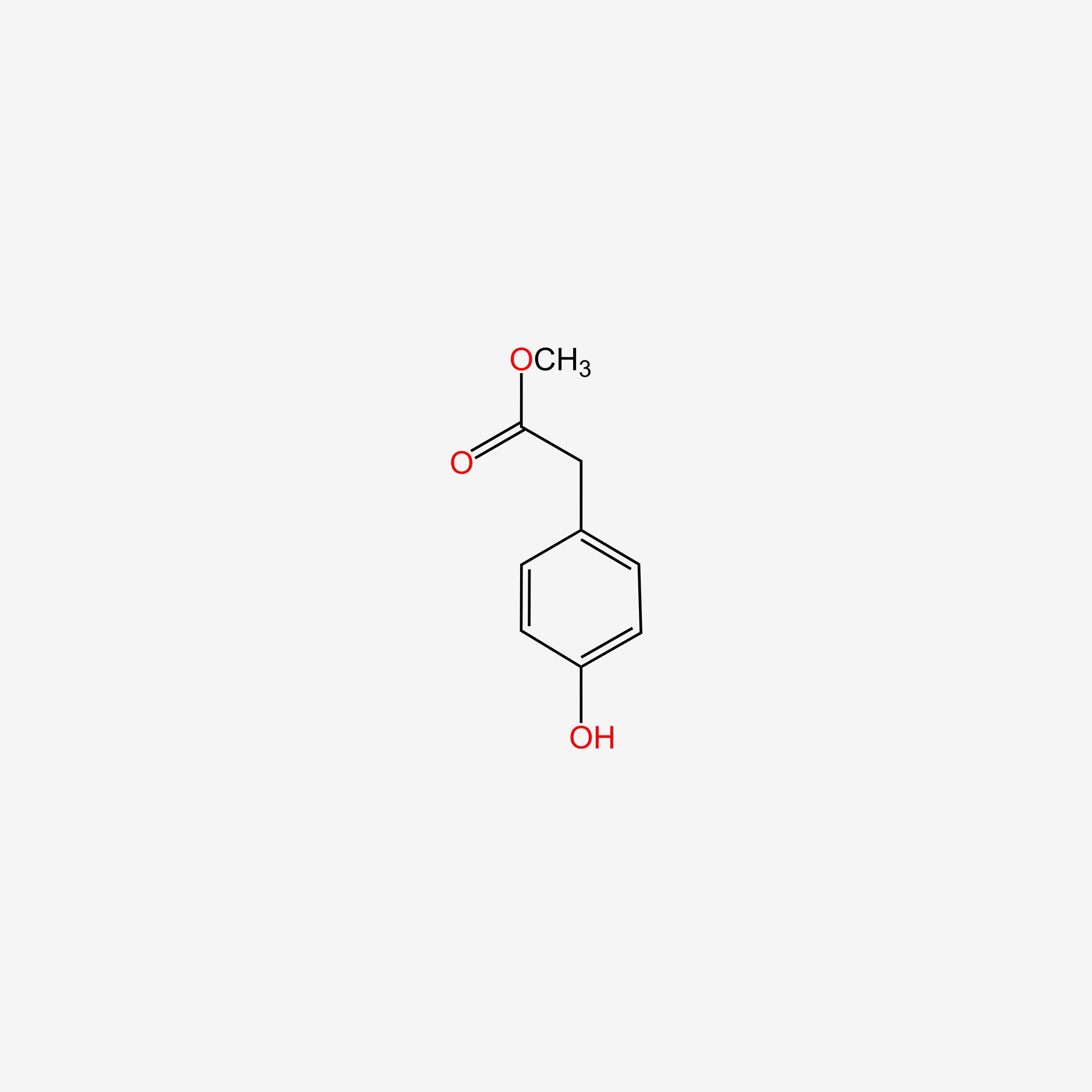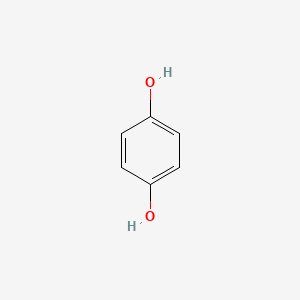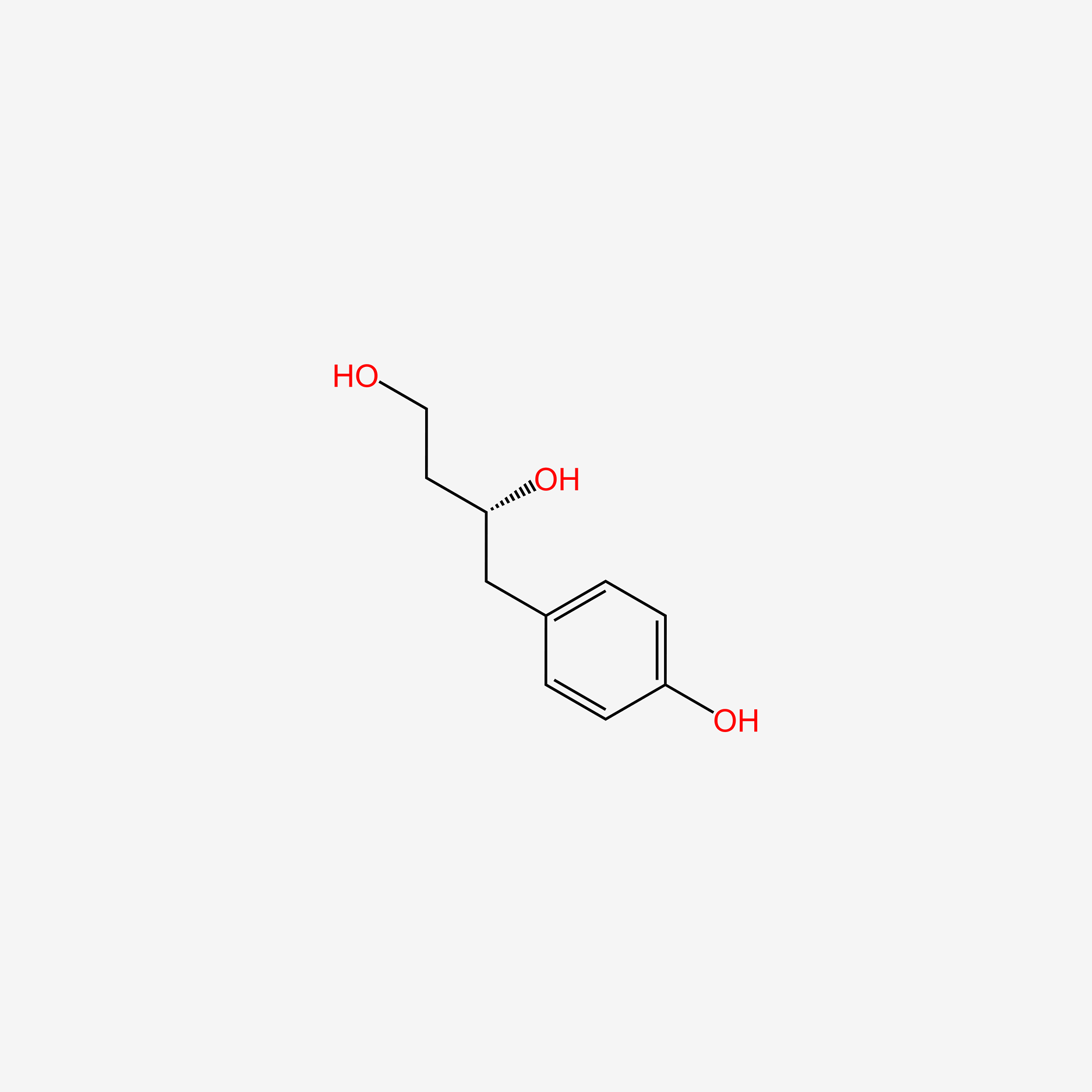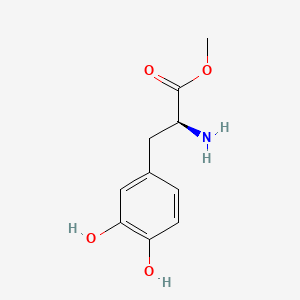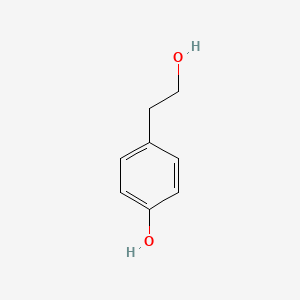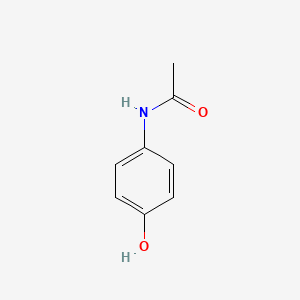| Synonyms |
L-tyrosine; tyrosine; 60-18-4; (S)-Tyrosine; p-Tyrosine; L-p-Tyrosine; (2S)-2-amino-3-(4-hydroxyphenyl)propanoic acid; H-Tyr-OH; 4-Hydroxy-L-phenylalanine; Tyrosine, L-; Tyrosinum [Latin]; Tyrosine (VAN); Tirosina [Spanish]; L-(-)-Tyrosine; (-)-alpha-Amino-p-hydroxyhydrocinnamic acid; L-Phenylalanine, 4-hydroxy-; beta-(p-Hydroxyphenyl)alanine; Tyrosine [USAN:INN]; FEMA No. 3736; (S)-alpha-Amino-4-hydroxybenzenepropanoic acid; L-2-Amino-3-p-hydroxyphenylpropanoic acid; 3-(4-Hydroxyphenyl)-L-alanine; (S)-3-(p-Hydroxyphenyl)alanine; (S)-(-)-Tyrosine; HSDB 2003; alpha-Amino-beta-(4-hydroxyphenyl)propionic acid; AI3-09055; tirosina; Propanoic acid, 2-amino-3-(4-hydroxyphenyl)-, (S)-; NSC 82624; alpha-Amino-p-hydroxyhydrocinnamic acid, (-)-; L-Tyr; (S)-2-Amino-3-(4-hydroxyphenyl)propanoic acid; (S)-2-Amino-3-(p-hydroxyphenyl)propionic acid; L-Tyrosine, monomer; alpha-Amino-4-hydroxybenzenepropanoic acid, (S)-; 2-Amino-3-(4-hydroxyphenyl)propanoic acid, (S)-; Benzenepropanoic acid, alpha-amino-4-hydroxy-, (S)-; MFCD00002606; tyr; 25619-78-7; CHEBI:17895; NSC-82624; 42HK56048U; NCGC00159350-02; Tyrosine (L-Tyrosine); Tyrosinum; DSSTox_CID_3730; L-Tyrosin; (-)-.alpha.-Amino-p-hydroxyhydrocinnamic acid; DSSTox_RID_77170; DSSTox_GSID_23730; CAS-60-18-4; L-Tyrosine (9CI); 4ts1; Tyrosine (USP/INN); EINECS 200-460-4; plovamer-acetate; Benzenepropanoate; UNII-42HK56048U; 2csm; (S)-2-Amino-3-(4-hydroxyphenyl)propionic acid; (L)-Tyrosine; (-) tyrosine; H-Tyr; L-Tyrosine,(S); L-Tyrosine (JP17); TYROSINE [HSDB]; TYROSINE [INCI]; TYROSINE [USAN]; TYROSINE [INN]; TYROSINE [II]; TYROSINE [MI]; L-TYR-OH; TYROSINE [VANDF]; Tyrosine, L- (8CI); .alpha.-Amino-.beta.-(4-hydroxyphenyl)propionic acid; L-TYROSINE [FCC]; L-TYROSINE [JAN]; Melanin synthesized from Tyr substrate catalyzed by tyrosinase for 6 hrs; TYROSINE [MART.]; bmse000051; CHEMBL925; L-TYROSINE [FHFI]; TYROSINE [WHO-DD]; SCHEMBL1581; L-[U-14C]Tyr; L-Phenylalanine-4-hydroxy-; L-Tyrosine non-animal source; L-TYROSINE [USP-RS]; Levodopa impurity, l-tyrosine-; TYROSINE [ORANGE BOOK]; GTPL4791; L-Tyrosine, >=97%, FG; TYROSINE [EP MONOGRAPH]; DD69927C-C6A8-4BC6-8E9A-0AB423B176E7; DTXSID1023730; TYROSINE [USP MONOGRAPH]; BDBM18129; ZINC266964; N-acetyl-o-(dihydroxymethylsilyl)-; HY-N0473; L-Tyrosine, Vetec(TM), 98.5%; Tox21_111594; (-)-a-Amino-p-hydroxyhydrocinnamate; AC2634; s4608; AKOS010400205; Tox21_111594_1; (S)-a-Amino-4-hydroxybenzenepropanoate; AM82304; CS-8013; DB00135; (-)-alpha-Amino-p-hydroxyhydrocinnamate; (-)-a-Amino-p-hydroxyhydrocinnamic acid; (S)-3-(4-HYDROXYPHENYL)ALANINE; (S)-a-amino-4-hydroxy-Benzenepropanoate; NCGC00159350-03; NCGC00344525-01; AC-11295; AS-11772; BP-13285; LEVODOPA IMPURITY B [EP IMPURITY]; (S)-alpha-Amino-4-hydroxybenzenepropanoate; DIETHYL1,3,5-BENZENETRICARBOXYLATE; L-Tyrosine, BioUltra, >=99.0% (NT); (S)-2-Amino-3-(p-hydroxyphenyl)propionate; (S)-a-Amino-4-hydroxybenzenepropanoic acid; DB-029987; L-Tyrosine, Free Base - CAS 60-18-4; (S)-a-amino-4-hydroxy-Benzenepropanoic acid; (S)-alpha-amino-4-hydroxy-Benzenepropanoate; L-Tyrosine, reagent grade, >=98% (HPLC); L-Tyrosine, SAJ special grade, >=99.0%; T0550; EN300-52629; C00082; D00022; D70837; L-Tyrosine, Vetec(TM) reagent grade, >=98%; M02963; (2S)-2-amino-3-(4-hydroxyphenyl)propanoicacid; (S)-alpha-amino-4-hydroxy-Benzenepropanoic acid; L-Tyrosine, Cell Culture Reagent (H-L-Tyr-OH); (S)-.alpha.-Amino-4-hydroxybenzenepropanoic acid; 002T606; 2-Amino-3-(4-hydroxyphenyl)propanoic acid-(S)-; A832631; N-ACETYLTYROSINE IMPURITY A [EP IMPURITY]; Q188017; J-521656; Propanoic acid, 2-amino-3-(4-hydroxyphenyl)-(S)-; LEVODOPA IMPURITY, L-TYROSINE- [USP IMPURITY]; Q27115106; Benzenepropanoic acid, .alpha.-amino-4-hydroxy-, (S)-; F8889-8713; L-Tyrosine, certified reference material, TraceCERT(R); Tyrosine, European Pharmacopoeia (EP) Reference Standard; Z756440046; L-Tyrosine, United States Pharmacopeia (USP) Reference Standard; 2-amino-3-(4-hydroxyphen yl)-2-amino-3-(4-hydroxyphenyl)-Propanoate; 2-amino-3-(4-hydroxyphen yl)-2-amino-3-(4-hydroxyphenyl)-Propanoic acid; Benzeneethanaminium,a-carboxy-4-hydroxy-N,N,N-trimethyl-,inner salt,(as)-; Benzeneethanaminium, a-carboxy-4-hydroxy-N,N,N-trimethyl-,inner salt, (aS)-; 1189756-47-5; L-Tyrosine, from non-animal source, meets EP, USP testing specifications, suitable for cell culture, >=99.0%
|

